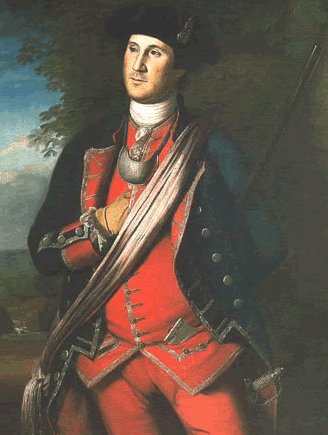|
"... A gorget originally was a
steel collar designed to protect the throat. It was
a feature of older types of armour and intended to
protect against swords and other non-projectile
weapons. Later, particularly from the 18th century
onwards, the gorget became primarily ornamental,
serving only as a symbolic accessory on military
uniforms. Most Medieval versions of gorgets were
simple neck protectors that were worn under the
breastplate and backplate set. These neck plates
supported the weight of the armour worn over it, and
many were equipped with straps for attaching the
heavier armour plates.
Later, Renaissance gorgets were not worn with a breastplate but instead were worn over the clothing. Most gorgets of this period were beautifully etched, gilt, engraved, chased, embossed, or enamelled and probably very expensive. Gorgets were the last form of armour worn on the battlefield. During the 18th and early 19th centuries, crescent-shaped gorgets of silver or silver gilt were worn by officers in most European armies, both as a badge of rank and an indication that they were on duty. These last survivals of armour were much smaller (usually about three to four inches in width) than their Medieval predecessors and were suspended by chains or ribbons. In the British service they carried the Royal coat of arms until 1796 and thereafter the Royal cypher.
Colonel George Washington wore a gorget as part of his uniform in the French and Indian War, which symbolized his commission as an officer in the Virginia Regiment. Gorgets ceased to be worn by British army officers in 1830, and by their French counterparts 20 years later ..." (Wikipedia) |
